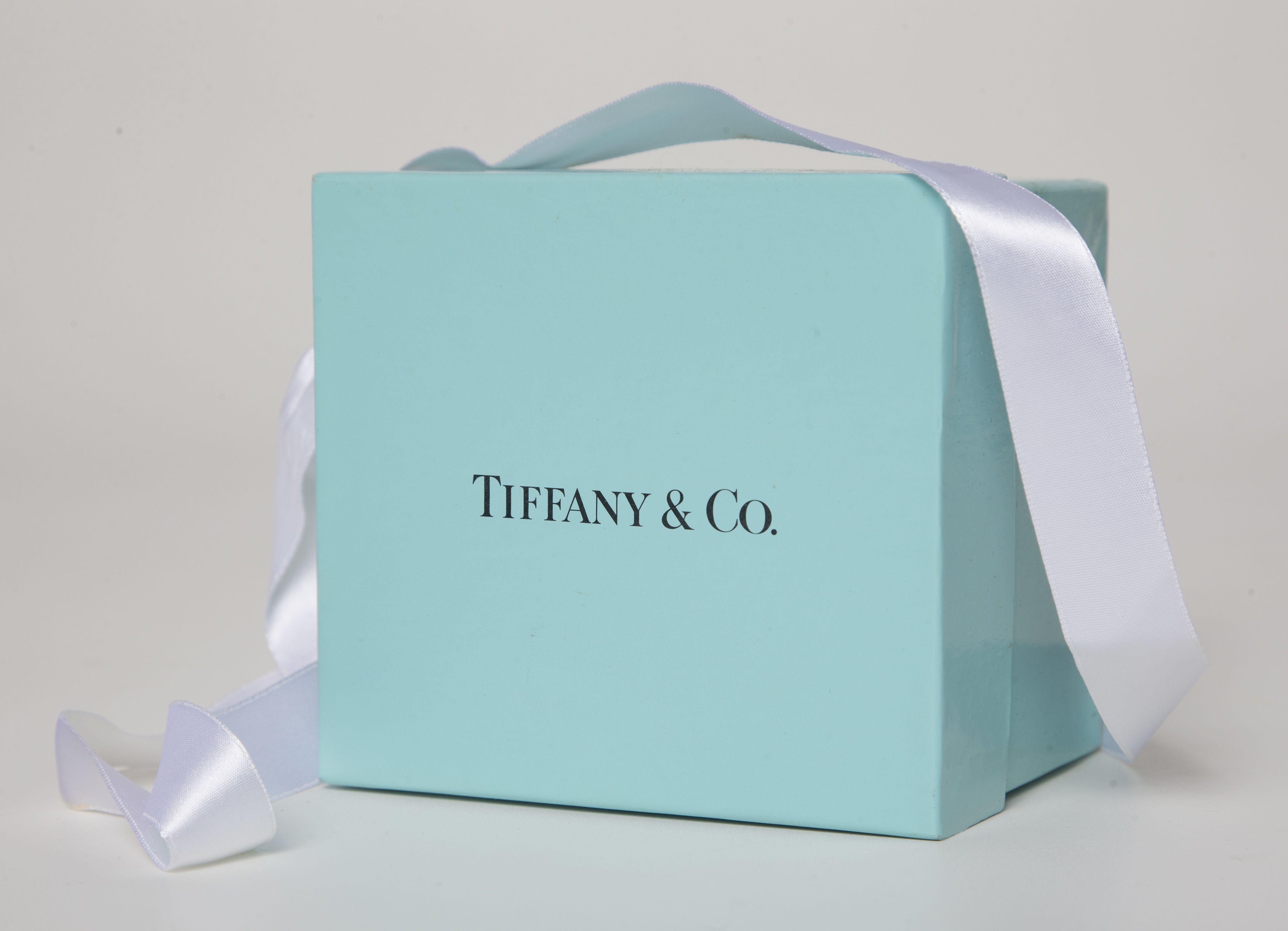
There was something missing at the luxury jeweler Tiffany & Co. in recent months: Chinese tourists.
For the second time in as many months, a big seller of high-end goods noticed that a particularly crucial demographic of its shopping base had made itself sparse, damaging sales and stoking fears of worse to come.
On Wednesday, shares of Tiffany & Co. plunged 12 percent after reporting weaker-than-expected sales in its third quarter. CEO Alessandro Bogliolo said that Chinese tourists have failed to show up, and open wallets up, with the same vigor that they had in the past. Last month, the owner of Louis Vuitton noted the same phenomenon of dwindling Chinese tourists. Shares in that company were hit hard as well. Tiffany is considered a bellwether for luxury goods, which is why shares of Ralph Lauren and Movado also fell on Wednesday, even as the broader stock market climbed sharply.
Tiffany’s third-quarter revenue rose 4 percent to just above $1 billion, yet industry analysts were anticipating a bigger boost. Part of the reason for the surprise was fewer tourists, particularly Chinese tourists, at stores in places like New York and Hong Kong. “We don’t see a slowdown of demand by the Chinese. What we see is that Chinese tourists are traveling less,” said Bogliolo in a phone interview Wednesday. In fact, Bogliolo said that Tiffany’s business in mainland China remains strong, achieving double digit sales growth throughout the year. In response to the shift, Tiffany’s is increasing its inventory at its stores in Mainland China so it’s not missing out on any sales. Bogliolo speculated that the deteriorating value of China’s currency is to blame for the drop in Chinese tourists.
The yuan, also known as the renminbi, or “people’s money,” sank to a 10-year low against the dollar at the end of October. It strengthened slightly this month, leading many to believe that Beijing has stepped in to stop its slide. But others see broader issues at play, including a simmering trade war and the potential for a slowing global economy that is squeezing even the wealthy in China. “There are major strains in our political relationship with the Chinese government,” said Robert Burke, a luxury consultant in New York. “It doesn’t put them in the mood to come to the U.S. to spend their hard earned dollars. They do have the option to buy in mainland China.”
While the number of people visiting the U.S. from China grew 4 percent in 2017, according to the U.S. National Travel and Tourism Office, that was down sharply from the 16 percent jump in 2016.
It’s not a healthy trend for sellers of high-end goods.
Burke estimates that as much 30 percent of luxury goods sales globally are made to tourists from China. Dan Jasper, a spokesman at Mall of America’s, the nation’s largest shopping mall, noted that Chinese tourists tend to be more likely to purchase higher end items including luxury cosmetics, jewelry, clothing and electronics. He said that the number of Chinese tourists to the center continues to grow at a “modest rate.”
What may have exacerbated fears Wednesday is that prevailing wisdom has held that consumer spending from China in the high-end luxury shops of the West would not only continue, but that it would grow stronger. In a study published this month, the Bain consultancy said that Chinese consumers will fuel nearly half of global high-end sales by 2025. Chinese shoppers will account for 46 percent of global luxury sales of an estimated $412 billion in just six years, Bain said in the study, which was prepared for Italy’s Altagamma association of high-end producers. Even before the Trump administration ratcheted up the intensity of its trade dialogue with Beijing, there were signs that economic growth in China was slowing.
Chinese economic growth declined to a post-global crisis low of 6.5 percent in the quarter than ended in September. A trade fight with the Trump administration is pressuring communist leaders to energize economic activity that has weakened since Beijing clamped down on bank lending last year as it tries to rein in surging debt. It’s too early to tell if the spate of weaker-than-expected sales for luxury merchants will continue, or if it’s a bump in the road. There were some other signs of weakness at Tiffany, like comparable-store sales, which are watched closely by industry analysts.
Tiffany’s quarterly profit of $94.9 million, or 77 cents per share, was actually a penny better than expected, according to analysts surveyed by Zacks Investment Research. The slowdown in Chinese tourists was offset by a strong demand by local customers in the North American market as the luxury purveyor changes its products and marketing to appeal to a younger shopper. But the company stuck to its previously issued full-year earnings guidance of between $4.65 and $4.80 per share, which led some to suspect that shifting geopolitical agreements or a slowing global economy may soon become a bigger threat.Q
By MICHELLE CHAPMAN AND ANNE D’INNOCENZIO, AP Business Writers



















